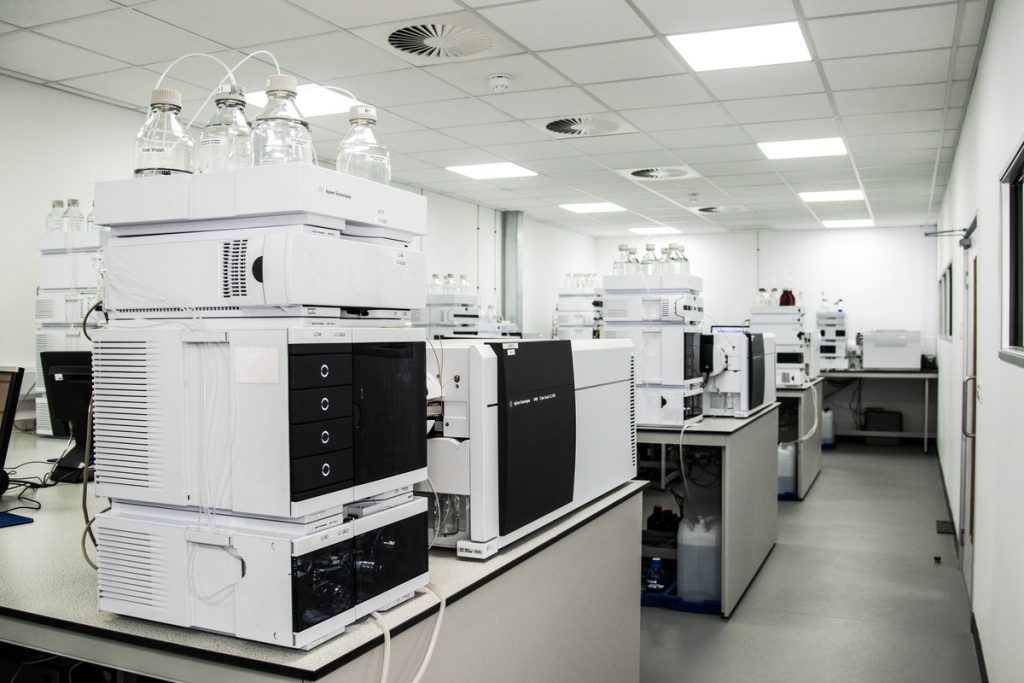A few states have ultimately decided that risks attributed to emerging contaminant compounds like per- and poly-fluoroalkyl substances (PFAS) are sufficiently high to warrant amendments to their respective policies and reporting regulations. Furthermore, acceptable levels even for drinking water will likely be affected, too.
At the moment, there are still limitations as far as PFAS-impacted water treatment is concerned. One of the only available treatment technologies, for now, is sorption through the use of activated carbon and/or ion exchange resins.
Although this remedial technology is effective enough, the used carbon and resins still may necessitate incineration or regeneration.
Despite the given available treatment knowledge, here are a handful of considerations whenever you choose the most appropriate remedial innovation.
Co-contaminants
Although PFAS is one of the most recognized emerging compounds today, it is not the only contaminant found in a site. Some co-contaminants could result in PFAS not being treated effectively.
Existing Remedial Technologies
Precursor compounds could evolve to additional recalcitrant PFAS via a handful of existing technologies that include in situ chemical oxidation. The only time you should give consideration is during the existence of these technologies onsite before PFAS became a concern.
Such a consideration ensures an accurate characterization of precursors present and a selection of an efficient PFAS remedial innovation.

